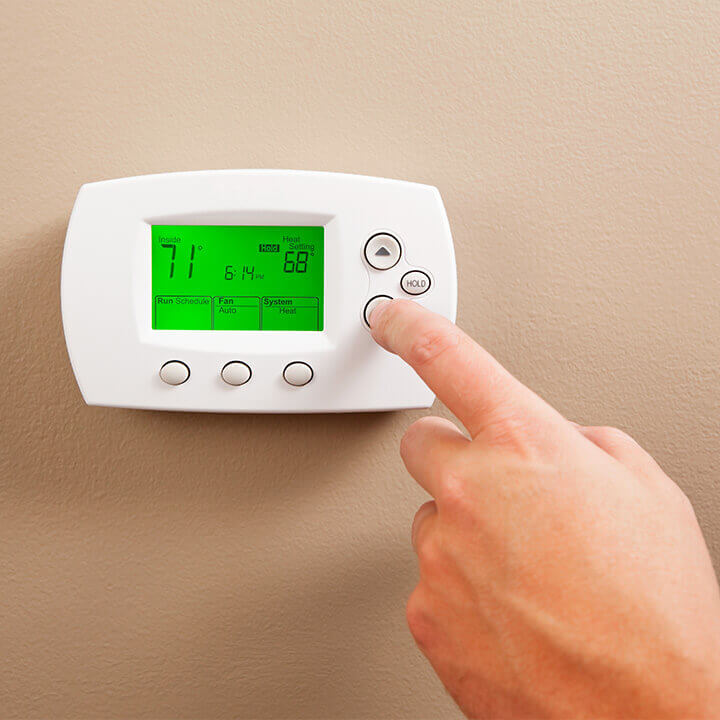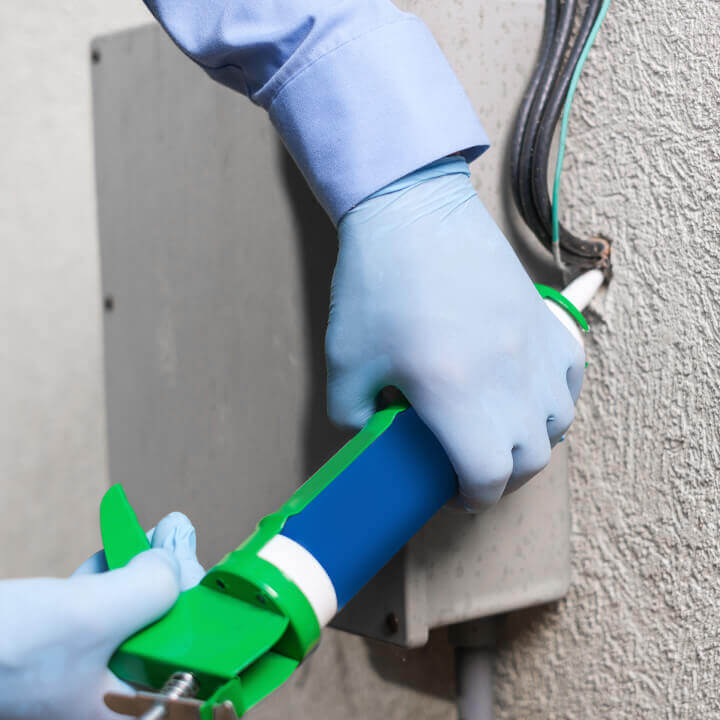Everything is more expensive right now. Electricity, oil, and natural gas are not exempt. When you’re looking at a large bill, the “why” is not important. It’s the “HOW” do I fix this for next month that matters. There are a few things you can have a professional come in to fix and there are also some helpful things you can do yourself to help. If you need to have that pro come out, there’s cost involved. More often than not, whatever you shell out to the professional will come back to you in savings in the long run. Some improvements can even help you sell your house for more money! Worth it.
3 tips for saving money on your energy bill
- Thermostat upgrades
- Better insulation
- Sealing crevices and cracks
Let’s explore each one a little closer.
Thermostat Upgrades

Smart everything is all the rage right now. There are even smart thermostats! They give you the flexibility to control the temperature at your home when you aren’t even there. That means if you are visiting family in Seattle and forgot to turn down your thermostat, you can do it from the Space Needle (lucky). If you looked into smart thermostats and decided they weren’t worth the cost, get a programmable one instead. They may take a little more planning of your schedule, but it will be worth it. If the house is mostly empty during the day due to school and work schedules, set it to go down while you’re out. Then set it to kick on about 20 minutes before you normally get home so you can walk into a warm house. Set your weekends differently if you’re home more often. Be sure to program it to lower the temperature at night when everyone is under a blanket sleeping. All this can save you $50 or more per year according to ENERGY STAR. Be sure to follow the recommendations set by the Department of Energy: 68°F or lower when you’re home and awake and 60°F all other times. Can you handle it colder and love thick socks? Set it for lower. You will save for every degree you go down.
Better Insulation
How does insulation work? It traps small pockets of air in order to help seal in the heat in the winter while still keeping it out in the summer. The EPA estimates that the average homeowner can save 15% on heating and cooling costs (11% of total energy costs) by adding insulation in attics, crawl spaces, and basement rim joists. Keep in mind the insulation needs to be installed correctly for this to happen, so this is the time to bring in a pro. Not only will he/she install it correctly, but the pro knows the correct “R-Value” to use in your area. It can be costly, but many experts agree that insulation is one of the smartest investments you can make in your home. Not only will your house be quieter and more comfortable, but it can increase the resale value of your home. Some types of insulation are even treated with natural borates that will help control the pests that can be attracted to a nice warm area like your attic. Frankly, that sounds like a good enough reason in itself, but also comfortable and save you money? Why wouldn’t you?
Special Offer
SAVE $200* ON ATTIC INSULATION
Save money while you stay warmer in the winter and cooler in the summer!
Learn MoreSealing Crevices and Cracks
Keep more cold air out of your home by not giving it a spot to get in! That’s why sealing those cracks and crevices will help. Extra benefit: it also will help keep humid summer weather out, too. That will help you save on your energy bills all year long. If the temperature in your home can be maintained to what you set the thermostat at, the heating and cooling systems will not need to run as much. Drafts will make HVAC systems run more. It’s a simple tip that can make a big difference. First take a look around the most common spots that can suffer from cracks and crevices including:

- Outlets and switches
- Water and furnace flues
- Dropped ceilings
- Door and window frames
- Plumbing and utility access
- Recessed light figures
- Your foundation
- Attic entrances
- Behind knee walls
- Air ducts
Inspect these areas closely. A pest can wiggle in through the tiniest of holes – imagine what air needs?! If you can see the sun shining in, air can get through. Take advantage of a windy day by lighting some incense and walking around near the areas we mentioned above with the incense stick. If the smoke starts going horizontal, there’s a crevice or crack letting in a draft. You can check under doors and windows by placing a piece of paper under each and then tightly shutting the window or door. Pull on the paper. Did it come out easily? That means there’s too much room and it needs to be sealed better. Have a professional come in to identify any spots you missed. After all, unless you’re trained, these tips will only get you so far. Caulking isn’t all that hard, but it will last longer and be way more effective if a trained contractor or handyman is doing it. It’s worth the cost.
All winters in New England are tough. Every penny helps at this point. Whether these savings mean something serious like groceries for your family that week or that you can give back to your favorite charity more, we all have our reasons. Saving money is always great, and these tips will help you save for years to come.